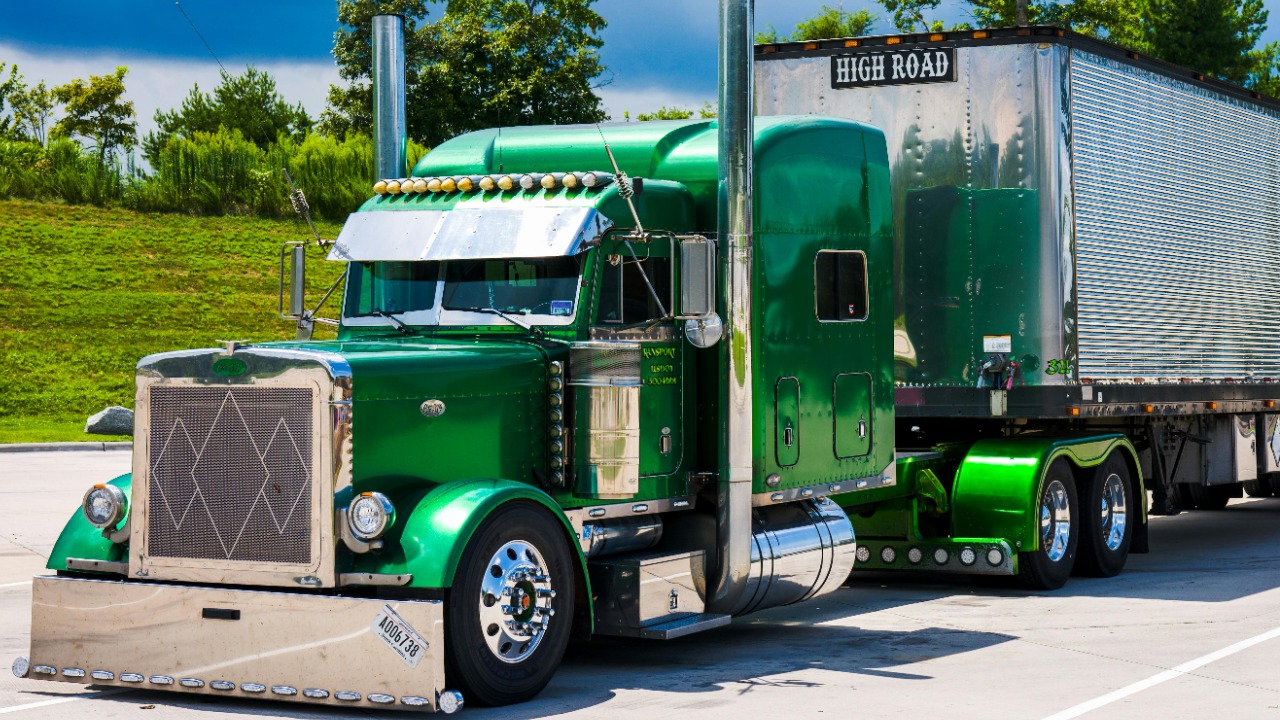
Highways are the lifelines of modern transportation, facilitating the swift movement of goods and people. However, not all vehicles are welcome on these major routes. Certain types of trucks pose risks that warrant their exclusion from these bustling corridors. Let’s delve into the kinds of trucks that find themselves on the no-go list for major highways.
Oversized Cargo Trucks
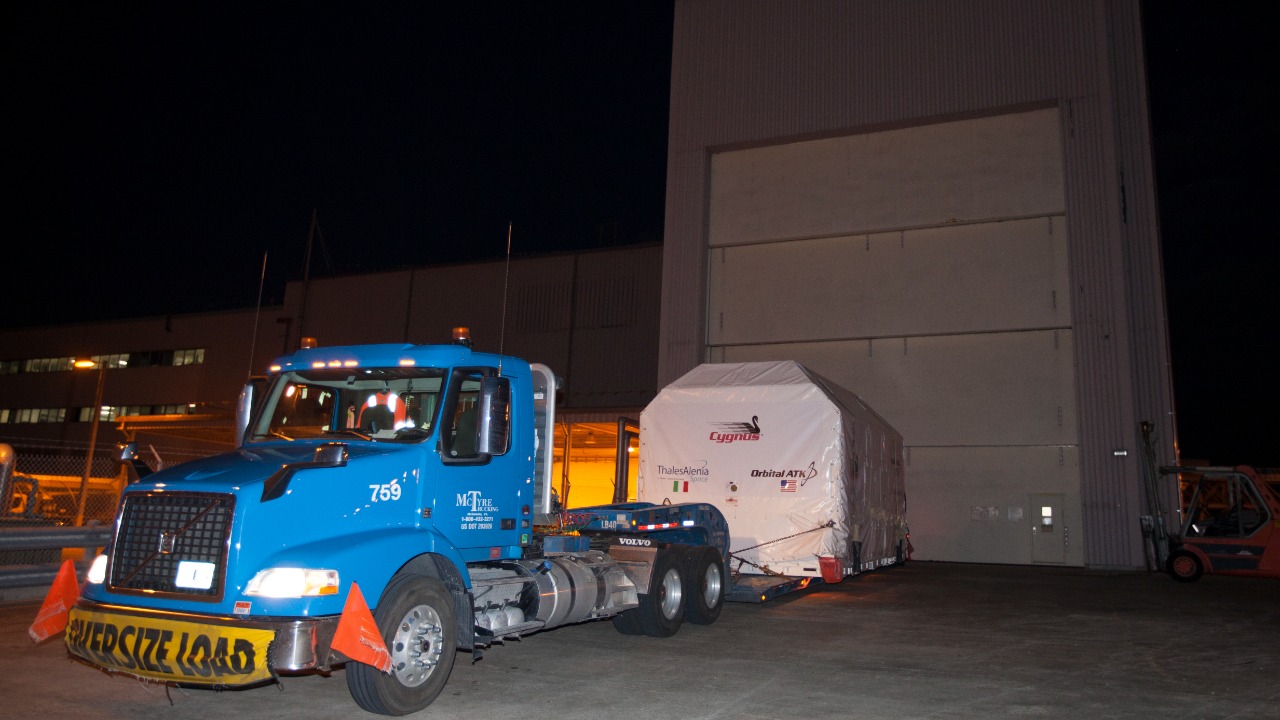
Oversized cargo trucks are often banned from major highways due to their unwieldy size, which can pose significant safety risks. These vehicles typically exceed the standard dimensions for height, width, or length, making it difficult for them to maneuver safely on standard highway lanes. For instance, trucks carrying large industrial equipment or wind turbine blades often require special permits and are restricted to specific routes to prevent accidents and ensure road infrastructure is not damaged.
Moreover, these trucks can cause traffic congestion, especially in busy urban areas. Some highways, like the I-580 in the Bay Area, explicitly restrict access to oversized vehicles to maintain smooth traffic flow. For more about restrictions in this area, you can visit this Facebook post.
Hazardous Material Transporters
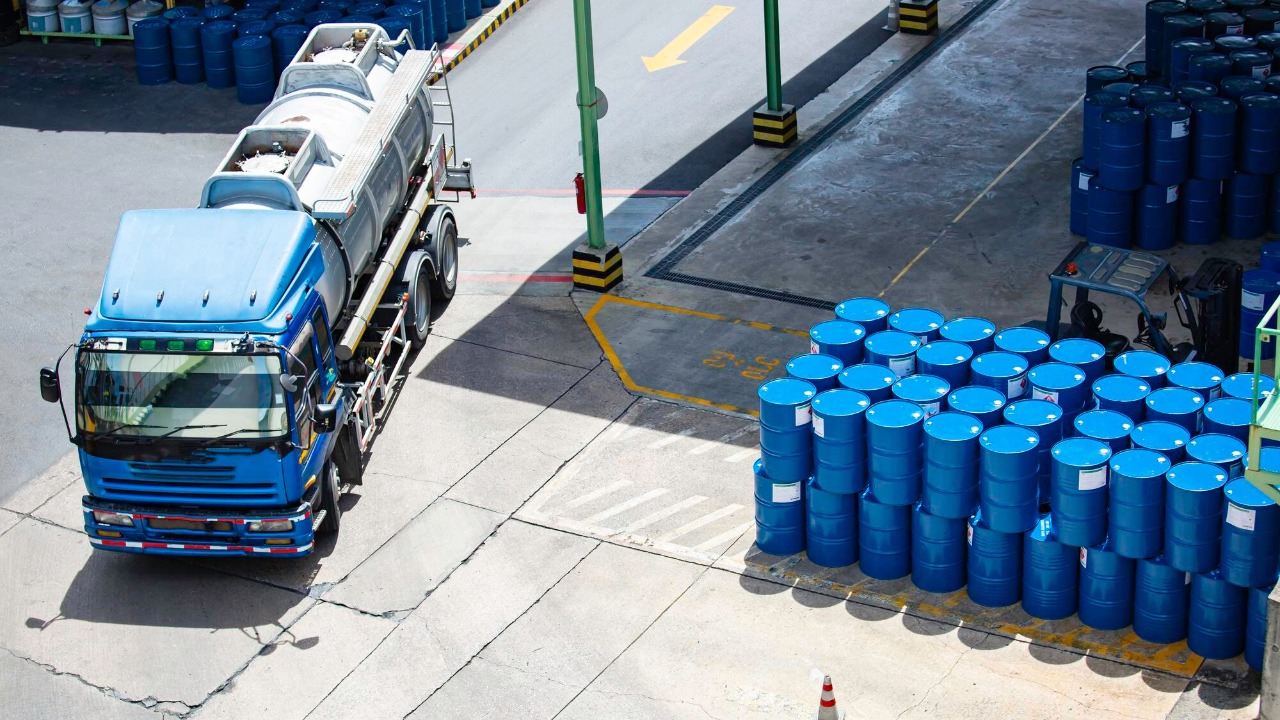
Trucks carrying hazardous materials, such as chemicals, explosives, or radioactive substances, are often restricted from major highways for safety reasons. The risk of spills or accidents involving these dangerous materials can have catastrophic consequences, impacting both human health and the environment. As a precaution, these vehicles are frequently rerouted to less populated areas or required to follow strict regulatory guidelines during transit.
In many cases, hazardous material transporters are required to display appropriate warning placards and adhere to specific timing restrictions to minimize interaction with other vehicles. This is crucial in areas where dense traffic could exacerbate the impact of potential incidents. States like Pennsylvania have enacted measures to prevent such vehicles from entering certain routes, as outlined by PennDOT regulations.
Non-Compliant Emission Trucks
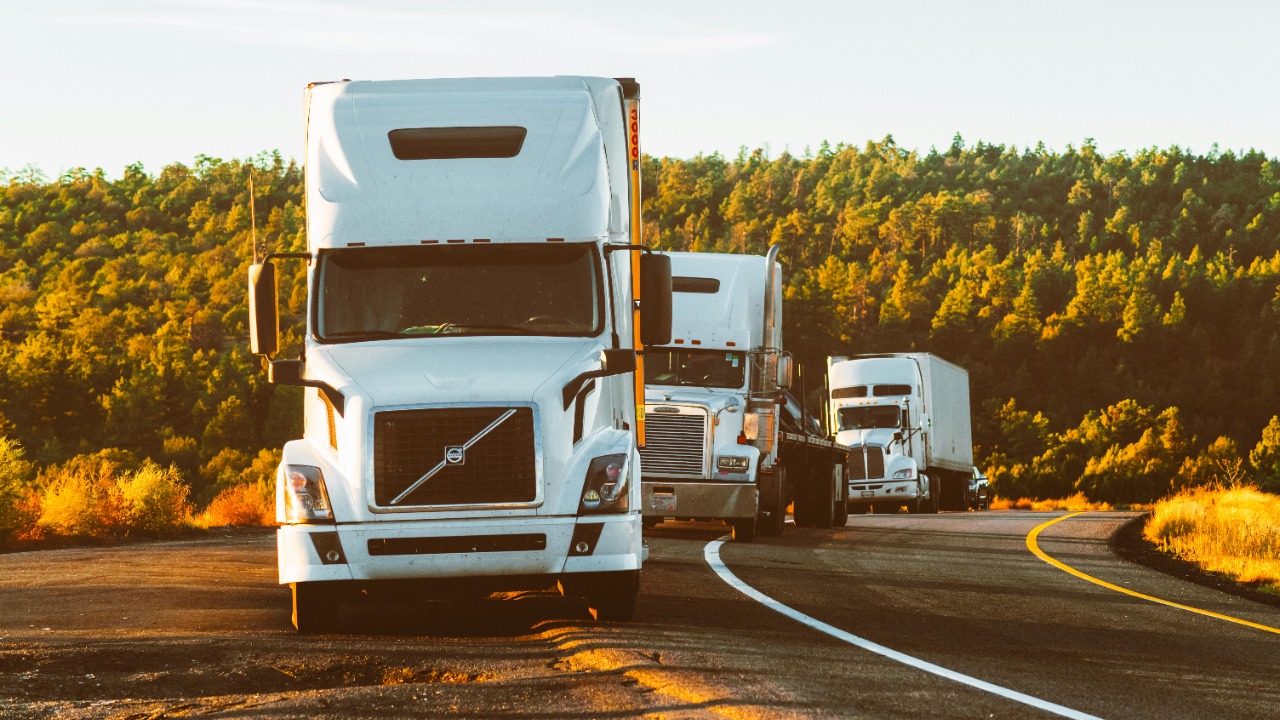
With growing concerns about environmental sustainability, trucks that do not meet emission standards are increasingly banned from major highways. In states like California, stringent regulations are being implemented to reduce air pollution. For example, older diesel trucks that fail to meet the current emission standards are being phased out in favor of cleaner alternatives.
The push towards zero-emission vehicles is gaining momentum, and many jurisdictions are mandating the transition to electric or alternative fuel trucks. You can learn more about these efforts and their implications for the trucking industry at CalMatters. This shift not only helps in reducing the carbon footprint but also ensures compliance with international environmental agreements.
Unsecured Load Carriers
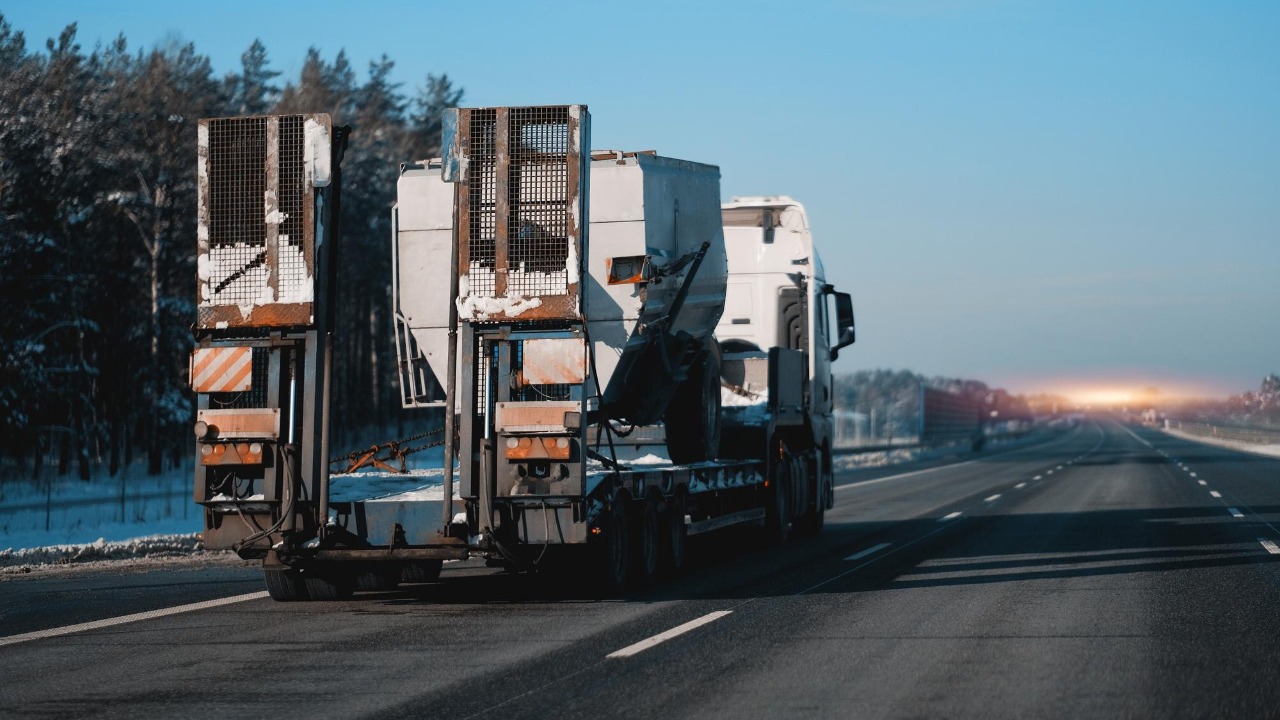
Trucks carrying unsecured loads pose a significant risk to highway safety. Debris falling from these vehicles can lead to accidents, causing injuries or fatalities. As a result, regulations require that all cargo be properly secured before trucks hit the road. The absence of security measures can result in hefty fines and the prohibition of such trucks from using major highways.
Ensuring that loads are tied down and stable is not just a regulatory requirement but a critical safety measure. Highway patrols routinely inspect trucks on the road, and those found in violation may be redirected, as evidenced in PennDOT’s recent actions to mitigate hazards.
Unauthorized Overweight Trucks
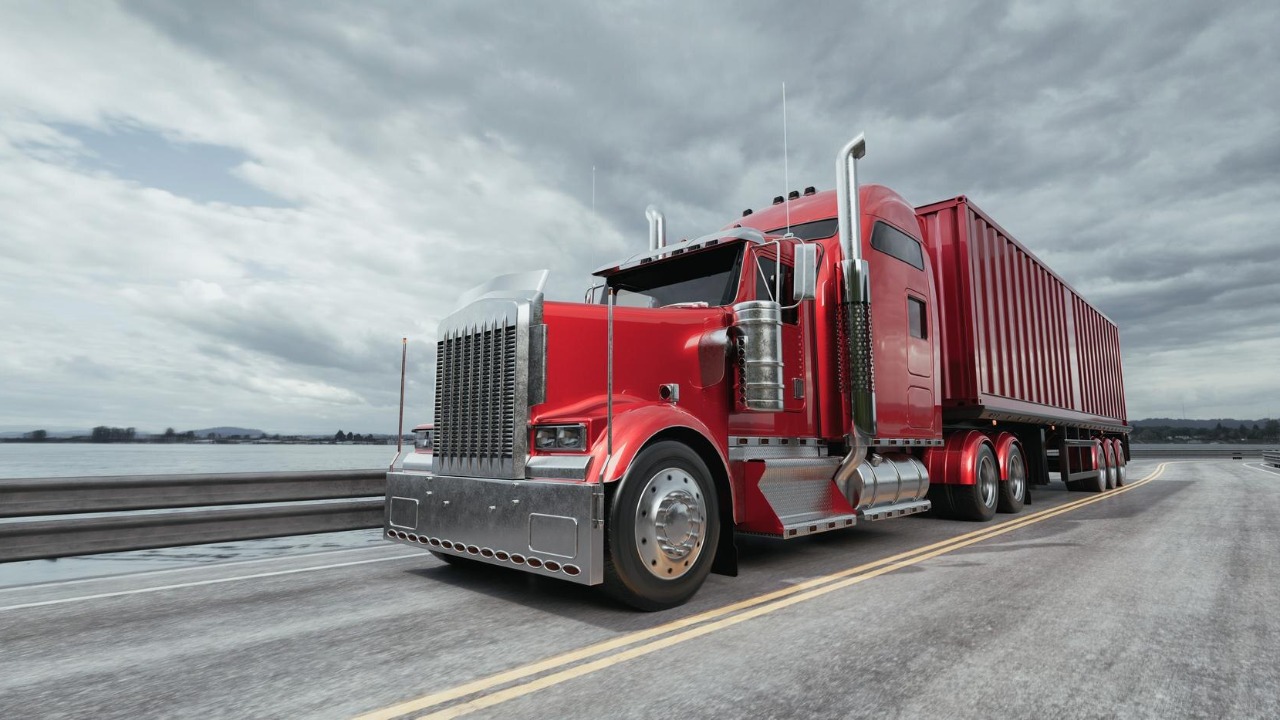
Overweight trucks can cause significant damage to road infrastructure, leading to costly repairs and maintenance. Highways are designed to accommodate vehicles up to a certain weight limit, and when trucks exceed these limits, they not only endanger road safety but also accelerate wear and tear on the pavement.
To prevent such damage, weight restrictions are strictly enforced, with weigh stations strategically located along major routes. Trucks found to be overweight without proper authorization are often rerouted or fined. Scientific studies, like those found in this ScienceDirect article, highlight the impact of overweight vehicles on road longevity and safety.